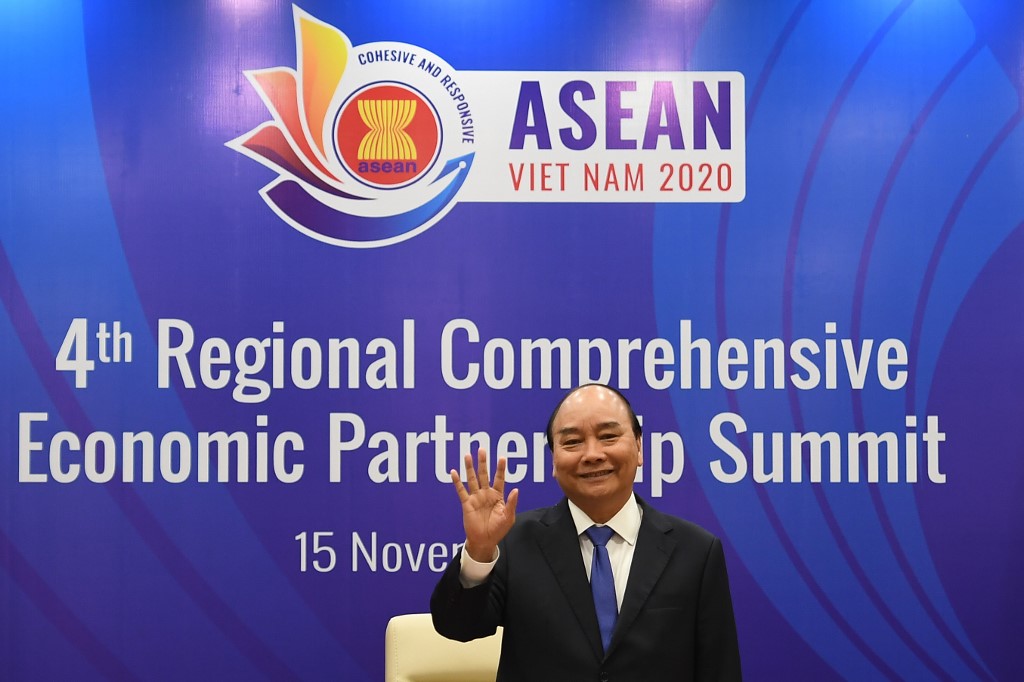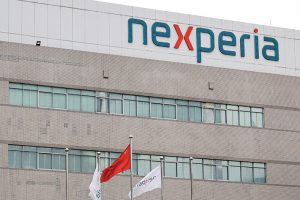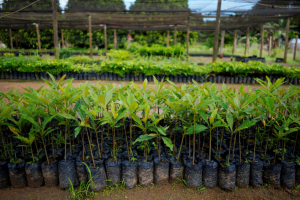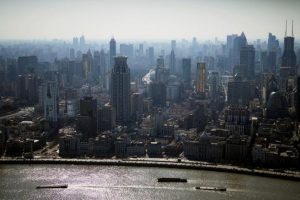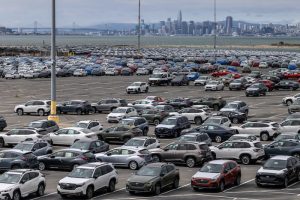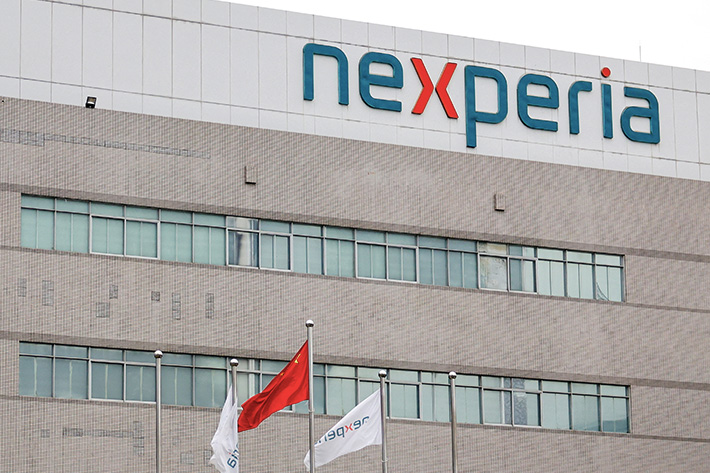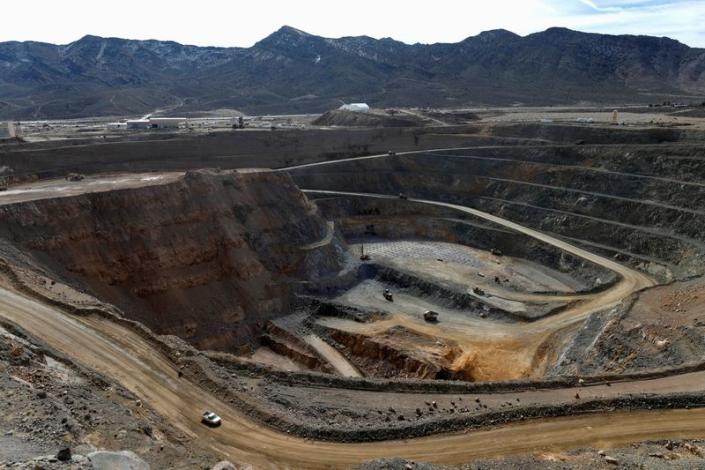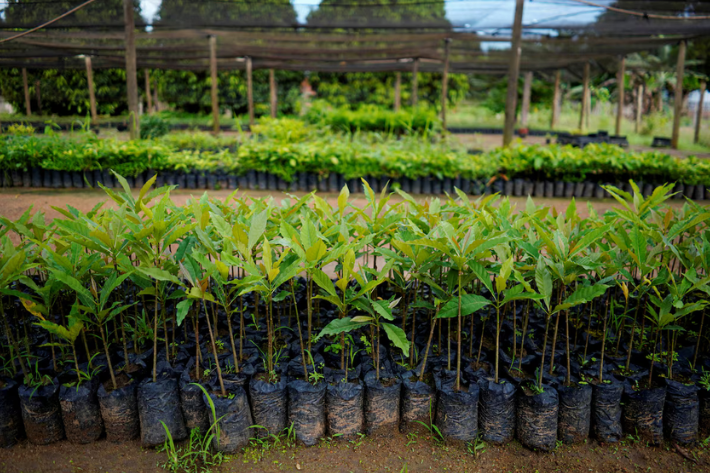(ATF) India’s withdrawal from the Regional Comprehensive Economic Partnership (RCEP) signed on Sunday may have disappointed some of the 15 countries, like China, that will be part of the giant trading bloc, but many Indian business leaders are relieved that New Delhi pulled out of a deal that failed to address their concerns.
The Modi government also believes that not joining the agreement was the right decision.
“The present form of the RCEP agreement does not address satisfactorily India’s outstanding issues and concerns. In such a situation, it is not possible for India to join the RCEP agreement,” Prime Minister Narendra Modi said, when he spoke about India’s decision at the Asean Summit in Bangkok, on Sunday.
The Asia Eight: Daily must-reads from world’s most dynamic region
The deal’s most notable feature is that it aims to create an “integrated market” spanning all member countries.
The RCEP is the first regional deal that brings China, Japan and South Korea together under a single trade agreement – a development of immense significance for all APAC economies.
Yet India feared that the agreement would become a free-trade deal with China via the backdoor of other countries, which is one of the reasons New Delhi is currently reviewing a number of free-trade agreements (FTAs) in the region.
“One of the reasons for India not joining the RCEP is its serious concern about China – about Chinese imports flooding India domestic markets. There are certain sectors which might be seriously impacted due to FTAs in products and also the aggressive marketing strategy of China,” Rajan Sudesh Ratna, the economic affairs officer at UN-ESCAP told Asia Times Financial.
UN-ESCAP is the United Nations’ largest regional intergovernmental platform, with 62 member states for promoting cooperation among countries.
Rajan added that India’s sour experience with other FTAs, which were misused to gain backdoor entry into India’s markets, were also instrumental in India pulling the plug on the RCEP.
Worsening trade imbalance
Indian trade officials defend the country’s stance by arguing that the deal had come at a time when India is going through a slowdown, and that signing the pact could have put further strain on an already struggling economy.
According to the negotiators, RCEP is designed to eliminate import duties on over 80% of products and simplify investment rules.
“For India’s manufacturers the big concern is market access and a wave of cheap products from China and elsewhere flooding its markets,” KV Keshavan, a senior fellow at the Delhi-based think-tank Observer Research Foundation, told ATF.
“India cannot withstand the onslaught of Chinese economic pressure any more. We already have enough geopolitical problems with China and a high trade imbalance, so, for the time being it is better to play safe and not to be part of the deal,” he said.
While India is already facing a challenging economic environment with a slowing economy, New Delhi is also struggling to balance trade with China by increasing exports and reducing India’s dependence on imports from the neighbouring country.
Over the past 10 years, India’s trade deficit with China has been steadily widening with consistent higher imports than exports. In 2010 for instance, India’s imports from China were worth $41.3 billion, but that figure had risen to $68.4 billion by 2019.
Exports, however, remained broadly static and even slipped marginally from $17.4 billion in 2010 to $17.3 billion in 2019.
READ MORE: US snubbed as Asia forms world’s large FTA
India’s trade deficit with China last year ballooned to $48.6 billion due to it being swamped by Chinese products such as pharmaceutical ingredients, accumulators and batteries, man-made fibre and fabric, aluminium products, glass and glassware, paper, paper board, electronics, toys and many other items.
“All these are shackle-free import items in the RCEP agreement, which means disaster for India’s manufacturers,” a source from an industry association, who requested anonymity said.
There were serious concerns as well, pertaining to imports of agriculture products from Australia and New Zealand, he added.
“We are happy that good sense has prevailed on this government and its decision to barter away the lives and livelihoods of millions of farmers, workers and small businesses has been averted,” a spokesperson of the farmers’ association, the All India Kisan Sangharsh Coordination Committee, which had railed against the RCEP, told a news agency.
The other downside of RCEP for India was that the agreement is not focused on sectors like services, information technology, information technology-enabled services, technology cooperation, intellectual properties, or facilitating investment flows.
“India felt that it does not gain by the RCEP offers in services, nor are there mutual recognition agreements for recognising its professionals,” said Ratna of UN-ESCAP.
China miffed
However, India would also miss opportunities by not being part of the RCEP and unsurprisingly, China has been the harshest critic of India’s move.
“India has missed out on the opportunity to a new round of regional industrial reconstruction and the fast lane of economic recovery by opting out of the RCEP,” the Global Times said on Monday.
“The signing of RCEP, undoubtedly offers a driving force for the involved economies to regain growth momentum to struggle out of the Covid-19 mire and win advantages during the post-pandemic era,” the state media outlet said.
The RCEP is billed as the largest regional trading agreement yet – the 15 countries involved account for a third of the world’s population, contribute over a quarter of world exports, and make up around 30% of global GDP.
Experts estimate that the RCEP countries could generate a real GDP increase of approximately $137 billion in the long run.
With India in the RCEP, “The 16-group conglomerate would have been a major trade block, where India could have been a part of the larger value chain for products produced in the RCEP countries,” said Ratna.
India’s staying out of the RCEP may also limit the aspirations of other members by denying access to India’s raw materials and services, which could add value in their countries, before exporting to other RCEP members, as well as to the rest of the world.
“Post-Covid, there is greater interest in locating manufacturing in places other than China. Unfortunately, that does not help India, since now the first choice for these alternative destinations will be RCEP nations, like Malaysia,” Mihir Sharma, senior fellow and head of the economy and growth programme at the Observer Research Foundation, told ATF.
But India may be able to join the RCEP later as participating countries said they would work together to resolve India’s issues and concerns “in a mutually satisfactory way.”
The countries which signed the RCEP agreement include China, Japan, South Korea, Australia, New Zealand, and the 10 members of the ASEAN: Brunei, Vietnam, Laos, Cambodia, Thailand, Myanmar, Malaysia, Singapore, Indonesia and the Philippines.




